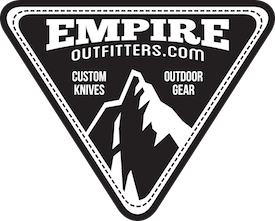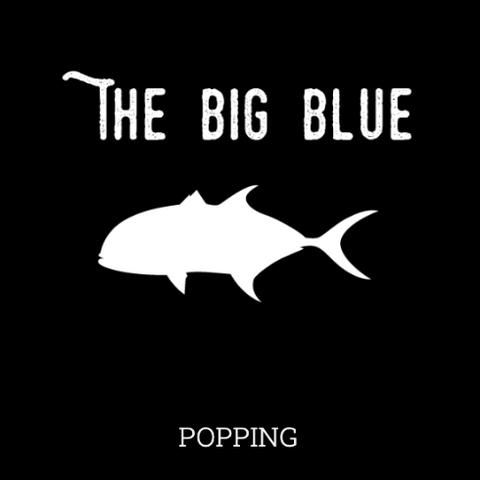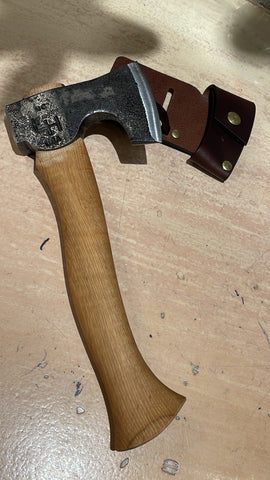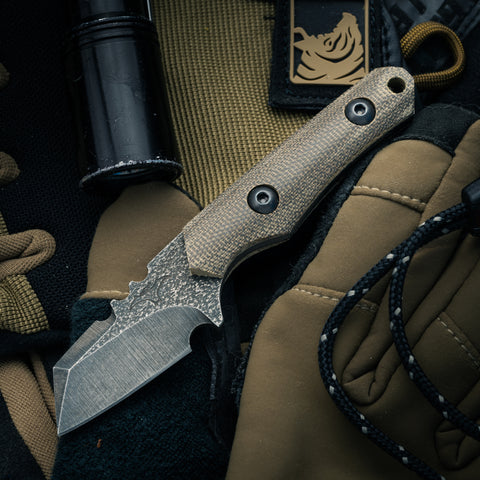

NOTE: This is the complete course to satisfy yours NYS CCW training requirements. You will receive your certificate after completion the entire 18 hours.
This course is modeled after the NRA Basic Pistol shooting Course to satisfy the New York State Mandatory 18-hour Concealed Carry Firearms Training. It is the perfect start for anybody looking to purchase their first firearm, improve their current skill set, obtain their CCW or get into competitive shooting. This course can also help a new shooter decide which handgun would suit their needs best before purchasing one. This course will teach new shooters the fundamentals of proper grip, stance, sight alignment, and trigger control, leading to improved marksmanship and handling skills. Experienced shooters also have the opportunity to learn new skills, and gain awareness of any bad habits they didn’t even know were there. Above all firearms safety is emphasized.
The classroom and range practical sessions are kept small in order to give each shooter close attention to help improve their technique.
Through this course you can expect a thorough education on the mechanics of firearms, as well as an extensive review of firearms safety.
This course is also a prerequisite if you become interested in taking the NRA’s “personal protection outside the home” course, it also is required by many states to get your concealed carry weapons permit such as Connecticut, Maine, Virginia, and Florida.
In this course we cover:
- FIREARMS SAFETY
- The Parts of a Pistol
- The Different Types of Pistol
- Shooting Fundamentals (Grip, Stance, Trigger control, Sight alignment)
- Shooting Positions (Benchrest, One Handed. Two Handed)
- Marksmanship Improvement
- Cleaning
- Eight total hours of the NYS Required CCW Training Material
The following minimum standards are covered:
- General firearm safety, including an overview of firearm and ammunition functions and operation, firearm cleaning and maintenance, safe handling practices, range safety rules, and proper holster considerations and retention strategies for safe concealed carry. (2 hours minimum)
- Firearm safe storage requirements, as defined in Penal Law §§ 265.45 and 265.50, and general firearm secure storage and transportation best practices. (1 hour minimum)
- State and federal gun laws, including the possession disqualifiers under 18U.S.C. § 922(g) and New York State law, restrictions on the private sale or transfer of firearms under New York General Business Law § 898, and requirements for keeping firearm license information up to date, properly registering pistols and revolvers, and license recertification and, if applicable, renewal requirements, including but not limited to the provision set forth in Articles 265 and 400 of the Penal Law. (2 hours minimum)
- Concealed carry situational awareness of surroundings, including firearm display and concealment.
- Conflict de-escalation tactics that include verbal and non-verbal strategies, including retreating, that are intended to reduce the intensity of a conflict or crises encountered.
- Adverse effects of alcohol and drug use as it pertains to firearm safety.
- Best practices when encountering law enforcement (e.g., a traffic stop), including how to communicate throughout the encounter, considerations for disclosing concealed carry status and displaying a valid firearm license, obeying all commands given by the officer(s), and best practices for handling a firearm and self-identification as a lawful concealed carry licensee if the firearm is visible when an officer responds to an incident.
- The statutorily defined sensitive places listed in Penal Law § 265.01-e and the restrictions on firearm possession in restricted places under Penal Law § 265.01- d.
- Conflict management.
- Use of deadly physical force, including the circumstances in which deadly physical force may be considered justified, and when there is the duty to retreat pursuant to Penal Law § 35.15(2).
- Suicide prevention including recognizing signs of suicide risk and resources to obtain assistance, including a suicide hotline (e.g., 988 Suicide and Crisis Lifeline).
- Basic principles of marksmanship, including stance, grip, sight alignment, sight picture, breathing, and trigger control. (1 hour minimum)
Aside from the above, students will be required to complete and pass with a minimum score of 80% a written proficiency test.
This is the live fire portion of the class.
Materials necessary:
-
A pistol preferably a rimfire pistol (please let us know if you do not have one so we can have one available for you)
-
100 rounds of ammo (ammo is available for purchase. We are a New York State registered seller of ammunition)
-
Eye and Ear protection (if you do not have your own bring $5 and we will supply them)
- Pen and paper
Students will be assessed on the following during live-fire training:
- Range safety.
- Safe drawing, target acquisition, and re-holstering.
- Dry firing.
- Safe loading and unloading of ammunition.
- Performing a firearm condition check, and how to achieve and verify a safe and empty firearm condition.
- Safely discharging the firearm.
Lastly, students must demonstrate proficiency by successfully completing a live-fire assessment by doing the following:
- Perform a firearm condition check and demonstrate that the firearm is in a safe and empty condition.
- Without any ammunition loaded, safely draw the firearm from concealment, acquire a target, and safely re-holster.
- Safely load the firearm with five rounds of ammunition. Not holster the loaded firearm. Maintain a ready position with the firearm safely pointed downrange.
- On the Instructor’s command to fire, aim at the target and fire all five rounds from a standing position, from a distance of 4 yards. The target must be a 25 ½ inch by 11-inch paper target. At least four out of the five rounds must be on target.
- Perform a firearm condition check and verify that the firearm is in a safe and empty condition.
Join our mailer for announcements on when this course will be offered next. We have multiple classroom locations all over Long Island but this course can be brought to your local range or gun club, and taught to a group of 4 students or more, please inquire for pricing and availability.
Courses only open to legal US citizens that are New York State residents 21 and up.



